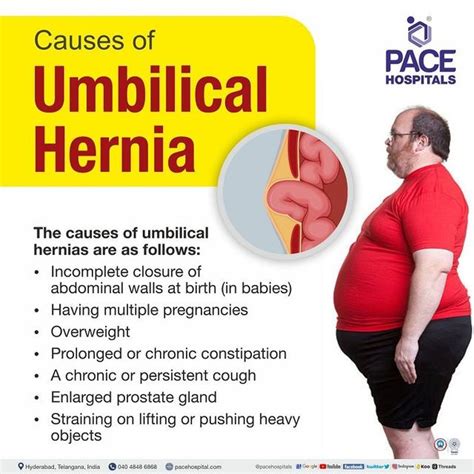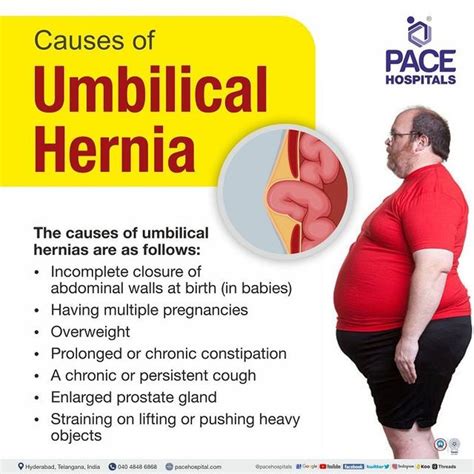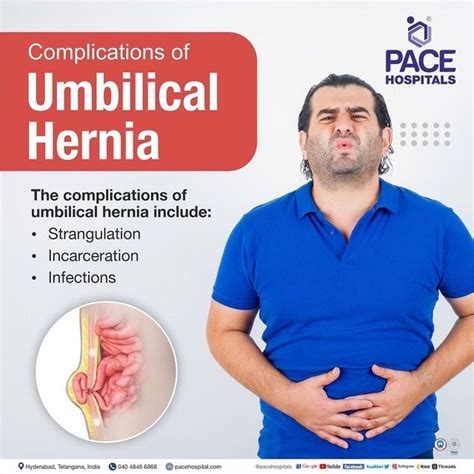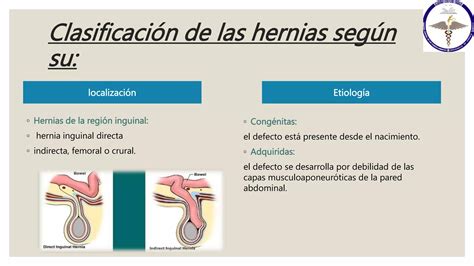Intro
Learn about umbilical hernia in adults symptoms, including abdominal pain, bulging belly buttons, and nausea, and discover treatment options for this common condition, also known as navel hernia or belly button hernia.
Umbilical hernias are a common condition that can affect adults, often causing discomfort and potentially leading to serious complications if left untreated. An umbilical hernia occurs when part of the intestine or other tissue bulges through an opening in the abdominal wall near the navel, resulting in a noticeable lump or swelling. Understanding the symptoms of umbilical hernias in adults is crucial for early detection and effective treatment.
The symptoms of umbilical hernias can vary from person to person, but most adults experience some degree of discomfort or pain in the abdominal area. In some cases, the hernia may be asymptomatic, meaning it does not cause any noticeable symptoms. However, as the hernia grows in size, it can put pressure on surrounding tissues and organs, leading to a range of symptoms. These may include a visible bulge or lump near the navel, discomfort or pain in the abdominal area, especially when coughing, straining, or lifting heavy objects, and a feeling of heaviness or pressure in the abdomen.
It is essential to recognize the symptoms of umbilical hernias in adults, as prompt medical attention can help prevent complications and ensure effective treatment. If left untreated, umbilical hernias can lead to serious health issues, such as bowel obstruction, strangulation, or incarceration, which can be life-threatening. Therefore, it is crucial to seek medical attention if you experience any symptoms of an umbilical hernia, such as a visible bulge or lump near the navel, discomfort or pain in the abdominal area, or a feeling of heaviness or pressure in the abdomen.
Causes and Risk Factors

Umbilical hernias in adults can be caused by a combination of factors, including weakened abdominal muscles, increased pressure on the abdominal wall, and genetic predisposition. Weakened abdominal muscles can occur due to various reasons, such as aging, obesity, or previous abdominal surgery. Increased pressure on the abdominal wall can be caused by factors like heavy lifting, straining during bowel movements, or chronic coughing. Additionally, some adults may be born with a genetic predisposition to developing umbilical hernias, which can increase their risk of developing the condition.
Other risk factors that can contribute to the development of umbilical hernias in adults include obesity, pregnancy, previous abdominal surgery, and certain medical conditions, such as chronic coughing or constipation. Obesity can put additional pressure on the abdominal wall, increasing the risk of hernia development. Pregnancy can also cause increased pressure on the abdominal wall, particularly during the later stages. Previous abdominal surgery can weaken the abdominal muscles, making it more likely for a hernia to develop. Certain medical conditions, such as chronic coughing or constipation, can also increase the risk of developing an umbilical hernia.
Types of Umbilical Hernias
Umbilical hernias can be classified into different types based on their size, location, and severity. The most common types of umbilical hernias include small, medium, and large hernias. Small hernias are typically less than 1 cm in diameter and may not cause any noticeable symptoms. Medium hernias are between 1-5 cm in diameter and can cause discomfort or pain, especially when coughing or straining. Large hernias are greater than 5 cm in diameter and can cause significant discomfort, pain, and potentially lead to complications.Symptoms and Diagnosis

The symptoms of umbilical hernias in adults can vary, but most people experience some degree of discomfort or pain in the abdominal area. The symptoms may include a visible bulge or lump near the navel, discomfort or pain in the abdominal area, especially when coughing, straining, or lifting heavy objects, and a feeling of heaviness or pressure in the abdomen. In some cases, the hernia may be asymptomatic, meaning it does not cause any noticeable symptoms.
Diagnosing an umbilical hernia typically involves a physical examination and medical history. The doctor will examine the abdominal area to look for any visible bulges or lumps and may ask questions about the patient's medical history, symptoms, and lifestyle. In some cases, imaging tests, such as an ultrasound or CT scan, may be ordered to confirm the diagnosis and rule out any other potential causes of the symptoms.
Treatment Options
Treatment options for umbilical hernias in adults depend on the size, location, and severity of the hernia, as well as the patient's overall health and medical history. The most common treatment options include watchful waiting, lifestyle modifications, and surgery. Watchful waiting involves monitoring the hernia for any changes or complications, while lifestyle modifications, such as losing weight, avoiding heavy lifting, and managing chronic coughing or constipation, can help alleviate symptoms and prevent the hernia from growing.Surgery is often recommended for larger hernias or those that are causing significant discomfort or pain. The surgery typically involves making an incision in the abdominal wall, pushing the hernia back into place, and reinforcing the abdominal wall with mesh or sutures. In some cases, laparoscopic surgery may be an option, which involves making small incisions and using a laparoscope to repair the hernia.
Complications and Prevention

If left untreated, umbilical hernias can lead to serious complications, such as bowel obstruction, strangulation, or incarceration. Bowel obstruction occurs when the hernia blocks the flow of intestinal contents, causing severe abdominal pain, vomiting, and constipation. Strangulation occurs when the hernia cuts off the blood supply to the intestine, causing tissue death and potentially life-threatening complications. Incarceration occurs when the hernia becomes trapped in the abdominal wall, causing severe pain and potentially leading to bowel obstruction or strangulation.
Preventing umbilical hernias in adults involves maintaining a healthy weight, avoiding heavy lifting, managing chronic coughing or constipation, and seeking medical attention if symptoms persist or worsen. Maintaining a healthy weight can help reduce pressure on the abdominal wall, while avoiding heavy lifting can help prevent straining and hernia development. Managing chronic coughing or constipation can also help reduce pressure on the abdominal wall and prevent hernia development.
Lifestyle Modifications
Lifestyle modifications can help alleviate symptoms and prevent the hernia from growing. These modifications may include losing weight, avoiding heavy lifting, managing chronic coughing or constipation, and avoiding tight clothing or belts. Losing weight can help reduce pressure on the abdominal wall, while avoiding heavy lifting can help prevent straining and hernia development. Managing chronic coughing or constipation can also help reduce pressure on the abdominal wall and prevent hernia development.Conclusion and Next Steps

In conclusion, umbilical hernias in adults can cause significant discomfort and potentially lead to serious complications if left untreated. Understanding the symptoms, causes, and treatment options is essential for early detection and effective treatment. By maintaining a healthy lifestyle, seeking medical attention if symptoms persist or worsen, and following treatment recommendations, adults can help prevent complications and ensure effective treatment.
If you suspect you have an umbilical hernia, it is essential to seek medical attention to determine the best course of treatment. With proper treatment and lifestyle modifications, it is possible to alleviate symptoms, prevent complications, and improve overall health and well-being.
What are the symptoms of an umbilical hernia in adults?
+The symptoms of an umbilical hernia in adults may include a visible bulge or lump near the navel, discomfort or pain in the abdominal area, especially when coughing, straining, or lifting heavy objects, and a feeling of heaviness or pressure in the abdomen.
How are umbilical hernias diagnosed in adults?
+Diagnosing an umbilical hernia typically involves a physical examination and medical history. The doctor will examine the abdominal area to look for any visible bulges or lumps and may ask questions about the patient's medical history, symptoms, and lifestyle.
What are the treatment options for umbilical hernias in adults?
+Treatment options for umbilical hernias in adults depend on the size, location, and severity of the hernia, as well as the patient's overall health and medical history. The most common treatment options include watchful waiting, lifestyle modifications, and surgery.
We hope this article has provided you with a comprehensive understanding of umbilical hernias in adults, including symptoms, causes, treatment options, and prevention strategies. If you have any further questions or concerns, please do not hesitate to comment below or share this article with others. Remember, early detection and treatment are essential for preventing complications and ensuring effective treatment.
